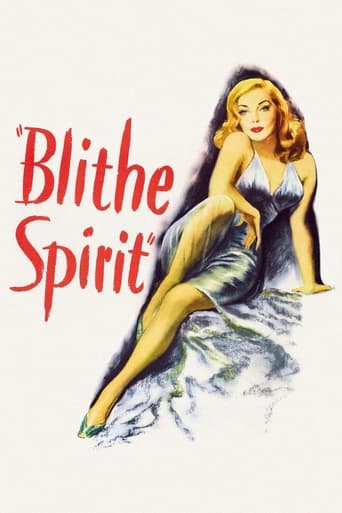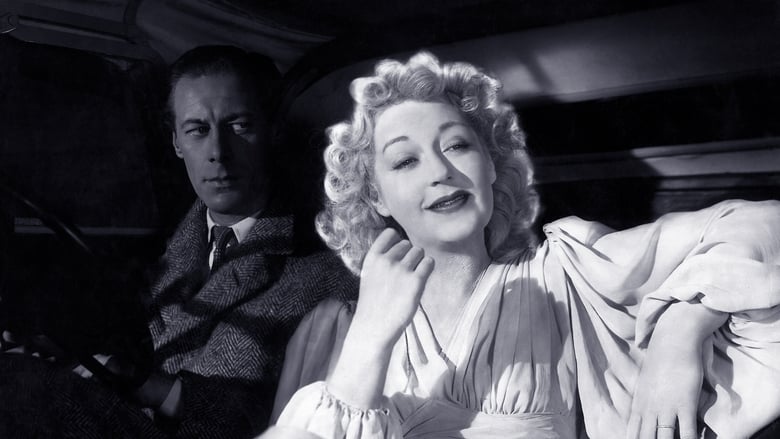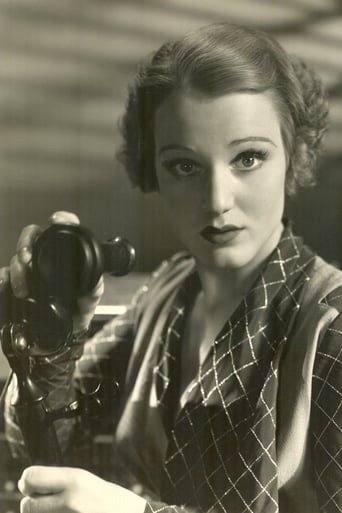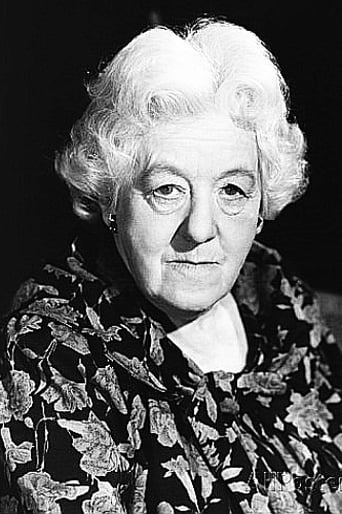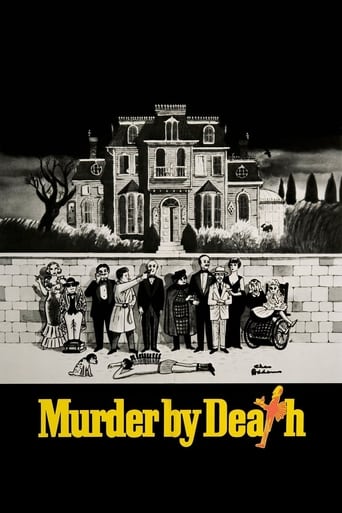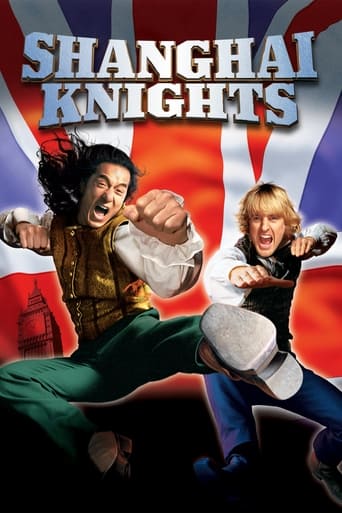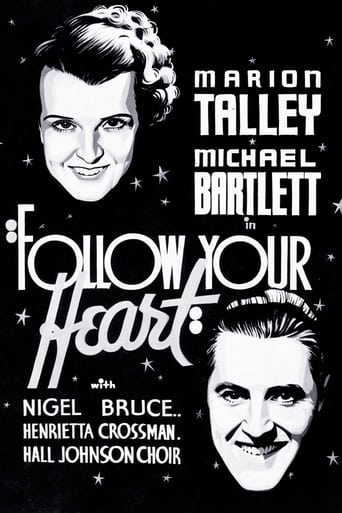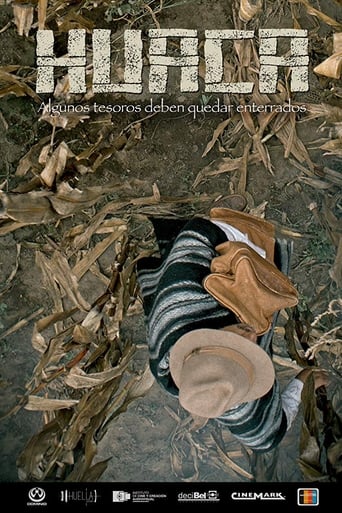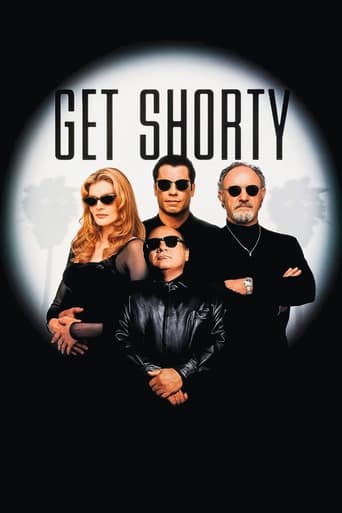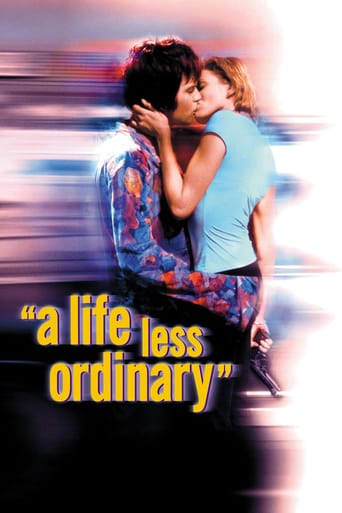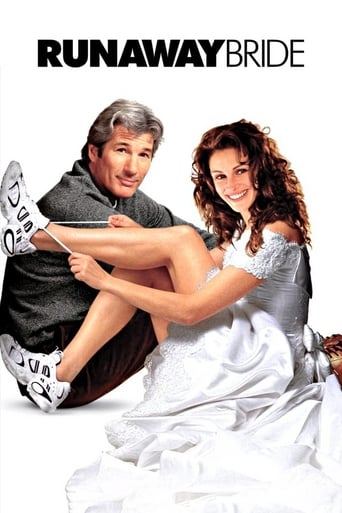Blithe Spirit (1945)
An English mystery novelist invites a medium to his home, so she may conduct a séance for a small gathering. The writer hopes to gather enough material for the book he's working on, as well as to expose the medium as a charlatan. However, proceedings take an unexpected turn, resulting in a chain of supernatural events being set into motion that wreak havoc on the man's present marriage.
Watch Trailer
Cast


Similar titles
Reviews
Pretty Good
This is one of the few movies I've ever seen where the whole audience broke into spontaneous, loud applause a third of the way in.
The plot isn't so bad, but the pace of storytelling is too slow which makes people bored. Certain moments are so obvious and unnecessary for the main plot. I would've fast-forwarded those moments if it was an online streaming. The ending looks like implying a sequel, not sure if this movie will get one
The best films of this genre always show a path and provide a takeaway for being a better person.
I love 1940s films. But this one seems to have been oddly hampered in its production values by the Brit-US studio partnership that made it.There is witty, acerbic dialog. Ms Rutherford as the spirit medium was no doubt a revelation at the time. (She was at no risk of compromising her physical beauty or glamor through quirky acting, and she knew it.) The country house setting and constant dining scenes are aesthetically arresting. But compared to the many noir as well as comedic masterpieces of the same era, the film feels like a throwback to the 1930s; a forgettable weekend comedy.The male character comes across cartoonish, visually and verbally. His wife's acting is wooden, certainly in the opening scenes. The ghost... I couldn't decide if the actress was struggling with a new set of teeth or just affecting an American accent. She is also painted in an unbecoming hue of green throughout the story, when black-and-white would have been so much less offputting.Lastly, it struck me what a cultural wrecking ball this project was: The occult themes aside, the main duo like to advertise their serial marrying status and past "sex history" (I quote). That's laying it on thick by 1940s standards. No doubt the viewers walked out of the cinema thinking how hip and modern and just great divorce is.
This is another of the four Noel Coward-David Lean joint ventures. As I look though David Lean's DIRECTORAL filmography, I see that his career began with these Coward joint ventures, passed though a brief Dickens phase, ran through drama and romance period, and ended with those huge multi-award winning epics like: Bridge on the River Kwai (1957), Doctor Zhivago (1965), Ryan's Daughter (1970), and A Passage to India (1984). In any case, I am determined to watch as many of his 18 movies as I can. Although Blithe Spirit was one of Coward's favorite plays, it is far from anything I would expect from Lean. It's probably his main mad cap comedy, in that it is notable for its silliness. It is 'the British version of the Topper movies, with live people forced to interact with playful ghosts from their past.As the movie begins, mystery writer, Charles Condomine (Rex Harrison), and his wife, Ruth (Constance Cummings)—both previously married and widowed--are holding a party with friends. At the party, Charlie plans to do research (on the tricks of phony psychics) for his next novel. In this case, they hire the local soothsayer, Madame Arcati (Margaret Rutherford). Madam Arcati is an excited devotee of paranormal arts and practices. However, she is also a novice of her given trade. When the group holds a seance that evening, Arcati gets her incantations mixed up and brings back the spirit of Charlie's dead wife, Elvira (Kay Hammond). As in a Topper movie, only Charlie can see Elvira's ghost, and he looks like a fool to everyone else as he talks and interacts with her while she remains invisible to them.As the story progresses, Charlie, Ruth, and Elvira's spirit all become upset. Ruth doesn't understand what's going on; Elvira really doesn't want to be there as a ghost; and the mix up of living with two wives—in two different psychic spheres at the same time--frustrates Charlie. Elvira finally gets her revenge on Ruth by killing her in a car accident. NOW the problem becomes that both wives are dead but neither of their ghosts has left Charlie 'to pass over to the other side.' Worst of all, getting rid of these apparitions can only be done with the help of the totally incompetent Madame Arcati. Though she enthusiastically accepts the challenge of getting rid of the ghosts; all of her chants, incantations, and textbook research on paranormal phenomena comically fail her. The plot may seem a bit hackneyed today, but with Rutherford's performance, anything old becomes totally new and refreshing again!!-----------------------------In summer 1941, Noel Coward's "Blithe Spirit" opened on the London stage, with Coward himself directing. Appearing as Madame Arcati, the genuine psychic, was Margaret Rutherford, in a role in which Coward had earlier envisaged her and which he then especially shaped for her. Later, Rutherford would carry her portrayal of Madame Arcati to the screen adaptation, David Lean's Blithe Spirit (1945). And not only would this become one of Rutherford's most memorable screen performances - with her bicycling about the Kentish countryside, cape fluttering behind her - but as well, it would establish the model for portraying that pseudo-soothsayer forever thereafter. (As Noel Coward had Margaret Rutherford in mind for his Madame Arcati creation, so, it is said, did Agatha Christie have Margaret Rutherford in mind for hers of Miss Marple.) Despite Dame Margaret Rutherford's appearances in more than 40 films, it is as Madame Arcati and as Miss Jane Marple that she will best be remembered.--- From IMDb's Mino Bio for Margaret Rutherford.
A couple is haunted by the spirit of the man's deceased first wife. Coward adapted his own play for the screen with the help of Lean and Neame. This was Neame's last credit as cinematographer before becoming a director. This was the third of Lean's first four films as director where he worked with Coward. It is an enjoyable farce with witty dialog, but never quite rises above the silliness of the subject matter (ghosts). Harrison and Cummings are fine as the couple, with him becoming bemused and her becoming exasperated after the appearance of the ghost of his first wife, a green-faced Hammond. Rutherford seems to be having the most fun as an incompetent medium.
One of the fads in post-war cinema, on both sides of the Atlantic, was for the urban fantasy sub-genre. Stories of ghosts or angels touching the lives of ordinary people were a facet of the light-hearted escapism of the period, and other examples include A Matter of Life and Death, It's a Wonderful Life, The Ghost and Mrs Muir and Miracle on 34th Street. Blithe Spirit, based on a play by Noel Coward (who also produced) and directed by David Lean, differs sharply from these sweetly romantic pictures, playing instead as a comical take upon Rebecca.Coward was of course a frightfully witty playwright, and what I love about his humour is that he didn't foreground it. All the funniest lines are buried amidst seemingly innocuous dialogue, and there are some excellent ones in Blithe Spirit if you pay attention. The trouble is aside from the comedy the play seems rather mediocre. It lacks the charm of a typical Coward work, and much of it is predictable.As to this screen adaptation, first of all I am baffled as to why it was produced in colour. In this same year Powell and Pressburger had to delay their production of A Matter of Life and Death (a film that could not be made in black and white) because Technicolor stocks were effectively rationed, and I am yet to hear an explanation of why Blithe Spirit was granted some of the precious supply. As it is, the use of colour here is not exceptional. There has been some attempt to colour code characters; for example the two wives are picked out in the brightest tones against a relatively muted background, but it is all a bit simplistic and inconsistent. Besides, many of the visual touches such as giant shadows and single-source lighting would be better suited to monochrome.Lean's dynamic, kinetic approach to film-making does bring some life to the proceedings. The camera is often moving, but not obtrusively as it is usually to follow an actor, and these manoeuvres are used to draw our attention to characters, or simply add liveliness to a scene. A good example is in the opening few shots, where the camera tracks the maid as she runs up the stairs, before coming to rest on Constance Cummings. The camera then follows the maid back out of the room, this time stopping on Rex Harrison. This effectively introduces us to the three characters, and throughout it is touches like this that trick us into forgetting all we are really seeing is a series of lengthy dialogue scenes.One of the great things about these simple comedy pieces is casting them was simply a matter of finding the right type to fit each cliché. This was especially true in Britain in the 40s, where pretty much everyone was a character player, the best straight leads having long since been nabbed by Hollywood. Among the best of these "type fillers" was Rex Harrison, here portraying, with relish, another version of the character he always played, and as always he is a joy to watch. Kay Hammond is also fantastic as Elvira, a part she also played in the stage version. Hammond's screen career was not very prolific, and other than this picture was fairly obscure.Released a week after VE day, Blithe Spirit was a box-office flop. It was perhaps unwise at this time to produce a picture that makes light of death. In contrast, features such as It's a Wonderful Life and A Matter of Life and Death, which treated the subject with far more reverence and vigorously resist death, were somewhat more popular. They are also far more satisfying pictures today. Despite the apt cast and efforts of Lean, the adaptation does not bring enough substance out of the source material. I'll leave the last word to Mr Coward, whose response to Lean upon seeing the finished film was "How the hell did you f*ck up the best thing I ever did?"*u

